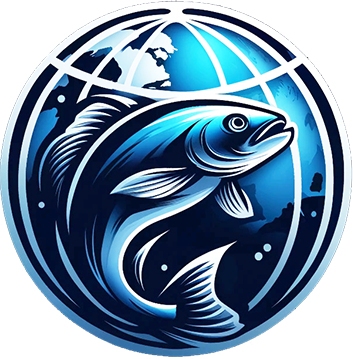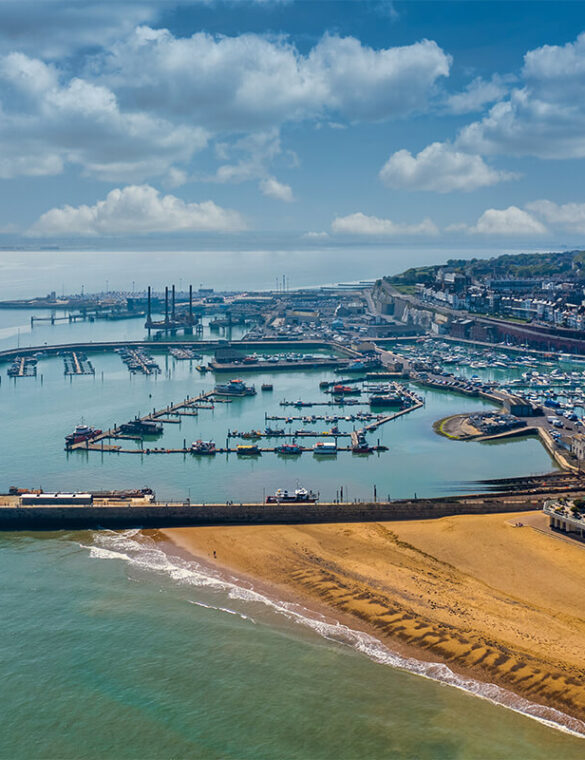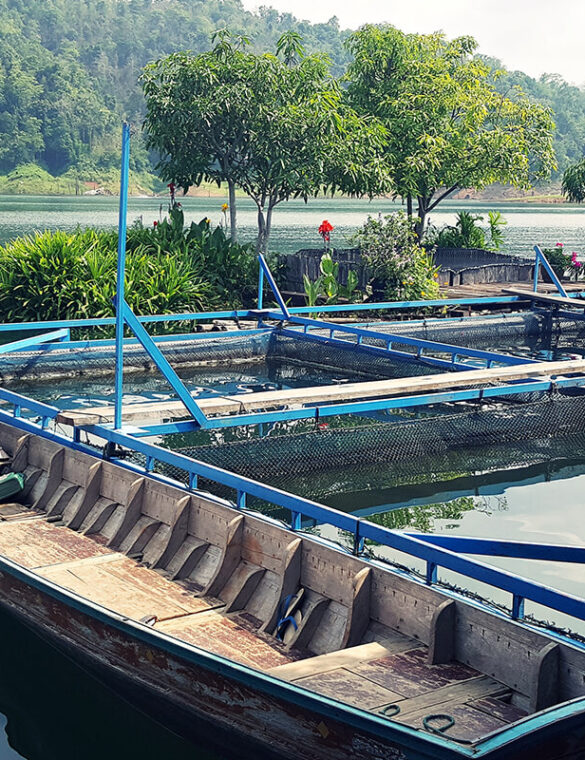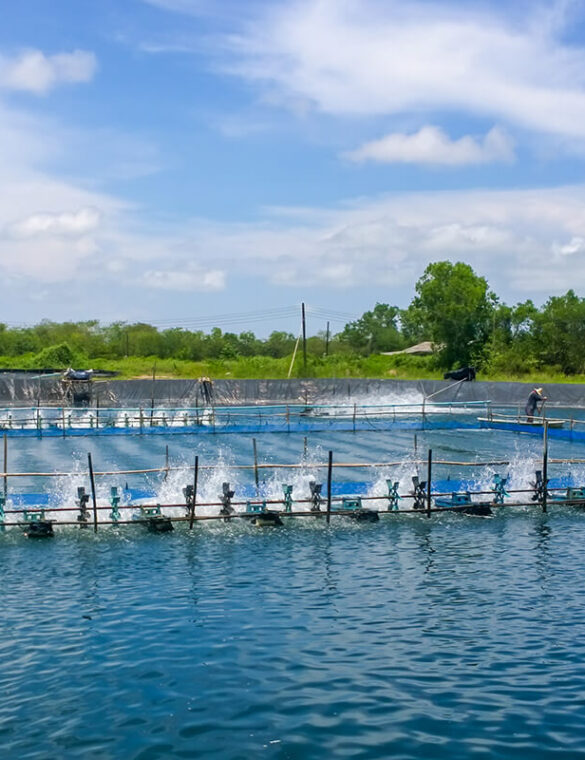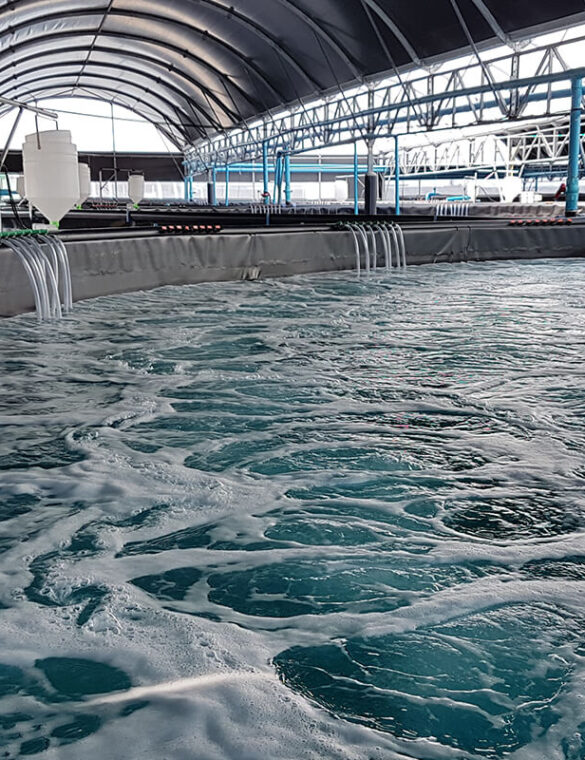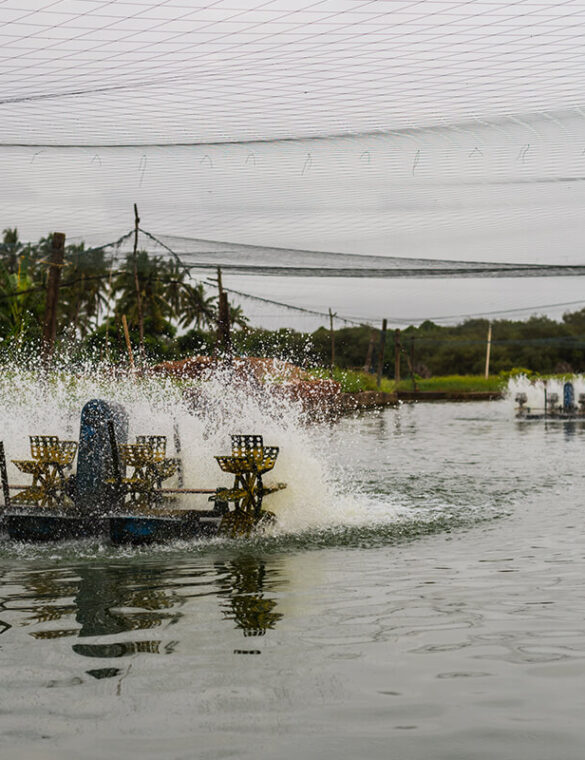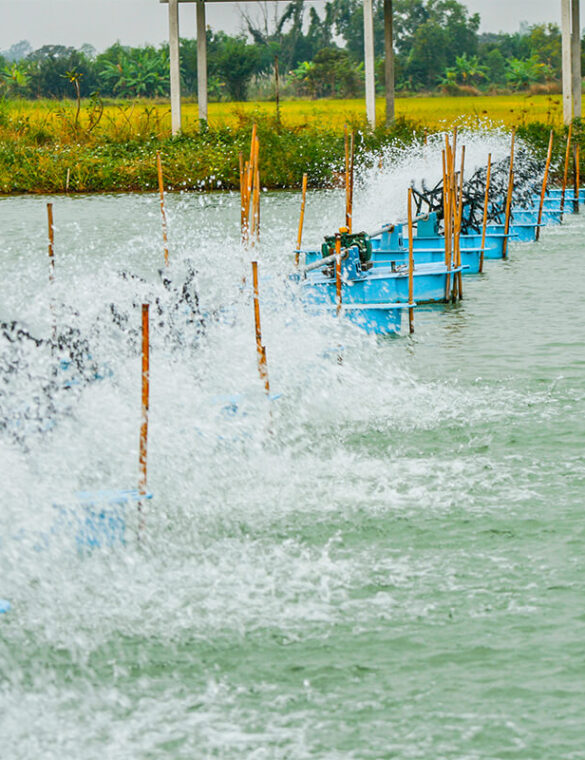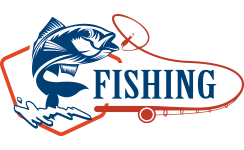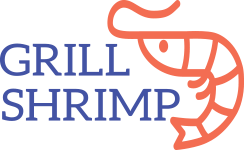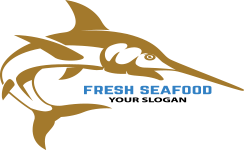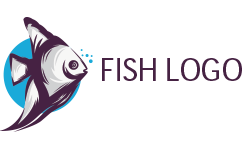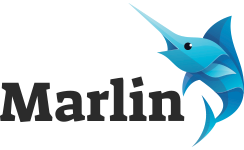Norway is globally renowned as a leading hub for aquaculture, particularly fish farming, which plays a pivotal role in the country’s economy and global food supply. The industry has gained prominence due to Norway’s pristine natural environment, including its cold, clean waters, and long coastline, which provide ideal conditions for sustainable fish farming. Norwegian fish farming companies are at the forefront of innovation in aquaculture, leveraging advanced technologies, strict regulatory frameworks, and sustainable practices to ensure high-quality production. Salmon farming, in particular, dominates the sector, making Norway one of the largest exporters of Atlantic salmon worldwide.
The introduction of advanced breeding techniques, automated feeding systems, and robust disease management protocols has propelled the industry toward efficiency and environmental responsibility. Additionally, Norwegian fish farming companies are recognized for their commitment to minimizing their ecological footprint, focusing on reducing waste, managing fish health, and adhering to stringent international sustainability standards. This introduction delves into the foundation and significance of Norwegian fish farming companies, exploring their contributions to global seafood markets, their role in sustainable aquaculture, and the challenges and opportunities they face in an increasingly demanding world.
The Role of Technology in Fish Farming
Advancements in Aquaculture Technology
Aquaculture manager technology has undergone significant advancements, revolutionizing the way seafood is cultivated and ensuring sustainable practices in the industry. Innovations such as automated feeding systems, real-time water quality monitoring, and artificial intelligence-driven management tools have enhanced operational efficiency and fish health. Land-based aquaculture systems, like recirculating aquaculture systems (RAS), minimize environmental impact by recycling water and controlling waste. Genetic advancements, including selective breeding and disease-resistant strains, have improved fish growth rates and resilience.
Use of Artificial Intelligence and Robotics
Artificial intelligence (AI) and robotics are transforming aquaculture by improving efficiency, sustainability, and precision in fish farming operations. AI-powered systems analyze vast amounts of data in real time, enabling accurate predictions about fish health, feeding patterns, and water quality. Machine learning algorithms optimize feed distribution, reducing waste and enhancing growth rates. Robotics plays a crucial role in tasks such as underwater inspections, net cleaning, and monitoring fish behavior, minimizing human intervention in challenging aquatic environments.
Sustainability and Environmental Concerns
Sustainability is a cornerstone of modern aquaculture, as the industry strives to balance seafood production with environmental preservation. Efforts are focused on minimizing the ecological footprint of fish farming through waste management, efficient feed usage, and water quality control. Practices like integrated multi-trophic aquaculture (IMTA) and recirculating aquaculture systems (RAS) promote resource efficiency and reduce pollution. However, challenges persist, including habitat degradation, disease outbreaks, and concerns over the use of wild fish for feed. Addressing these issues requires stringent regulations, innovative solutions, and a commitment to sustainability. By prioritizing environmental stewardship, the aquaculture industry aims to ensure its long-term viability while supporting global food security.
Economic Impact of Fish Farming and Exports
- Contribution to Norway’s GDP: The fish farming and export industry contributes significantly to Norway’s economy, making it a vital sector for national growth.
- Employment Opportunities in the Industry: Thousands of jobs in fishing, logistics, and technology are supported by this thriving industry.
Challenges Facing the Norwegian Fish Farming Industry
Managing Diseases in Fish Stocks: Effective disease management is critical to maintaining the health and productivity of fish stocks in aquaculture. Advances in diagnostic tools, vaccines, and biosecurity measures have significantly reduced the prevalence and impact of diseases. Proactive monitoring systems, supported by artificial intelligence, enable early detection of pathogens and environmental stressors, allowing for timely interventions. Vaccination programs and improved breeding practices have enhanced disease resistance in farmed fish, reducing the reliance on antibiotics.
Navigating Global Market Competition: Aquaculture companies face intense global competition as demand for seafood continues to rise. To remain competitive, businesses must focus on quality, sustainability, and innovation to differentiate their products. Countries like Norway, Chile, and Canada dominate the market with advanced aquaculture technologies and robust supply chains. At the same time, emerging markets are increasingly investing in aquaculture infrastructure to capture a share of the growing demand.
Regulatory and Political Challenges: The aquaculture industry operates within a complex framework of regulatory and political challenges that shape its growth and sustainability. Strict environmental regulations, designed to prevent pollution and overexploitation of natural resources, require companies to adopt advanced technologies and adhere to rigorous standards.
Future of Fish Farming in Norway
Trends Shaping the Industry
The future of fish farming in Norway is set to be defined by several transformative trends that reflect the industry’s commitment to sustainability, technological advancement, and global leadership. With Norway being one of the world’s largest exporters of farmed salmon, the focus is increasingly on reducing environmental impact through innovations like offshore aquaculture, closed-containment systems, and improved waste management. Sustainability initiatives are expected to deepen, with greater emphasis on reducing carbon footprints, improving fish health, and minimizing the use of wild fish in feed.
Opportunities for Growth
The future of fish farming in Norway presents several exciting opportunities for growth, driven by both technological advancements and increasing global demand for sustainable seafood. One major opportunity lies in expanding offshore aquaculture, which can help alleviate space constraints and reduce environmental impacts associated with traditional farming methods. Additionally, the growth of land-based farming systems offers the potential for greater control over production and environmental factors, aligning with consumer preferences for eco-friendly practices.
Norway is a global leader in fish farming, particularly salmon production. Key companies include:
- Aquaculture manager – The world’s largest fish farming consultant and management company on norway and focusing on sustainability and innovation.
- Grieg Seafood ASA – A major player with operations in Norway, Canada, and the UK, known for its sustainable practices.
- Lerøy Seafood Group – A significant player in seafood, covering the entire value chain from farming to distribution.
- SalMar ASA – One of the largest salmon producers, with a focus on offshore farming technologies.
- Nordlaks – Known for sustainable farming and its innovative offshore fish farming projects.
Why choose Aquaculture manager for fish farming consultant services
Norway’s fish farming and export industries are pillars of its economy and culture. With a perfect blend of natural resources, innovation, and sustainability, Norway continues to lead the world in aquaculture, ensuring a prosperous future for this vital industry. Choosing an Aquaculture Manager for fish farming consultant services offers several advantages, ensuring the success and sustainability of your fish farming operations. Aquaculture managers bring specialized expertise in managing the complexities of fish farming, including overseeing breeding, feeding, disease management, and environmental monitoring. Contact us today email us- [email protected], call on- +47 92651838
FAQs
What makes Norway a leader in fish farming?
Norway’s pristine waters, advanced technology, and commitment to sustainability make it a global leader in fish farming.
Which fish species are commonly farmed in Norway?
Salmon, trout, and cod are the primary species farmed in Norway.
How sustainable is Norwegian fish farming?
Norwegian fish farming is highly sustainable, with strict regulations and eco-friendly practices in place.
Who are the largest exporters of seafood in Norway?
Mowi ASA, SalMar ASA, and Lerøy Seafood are some of the largest seafood exporters in Norway.
What is the future of fish farming in Norway?
The future looks bright, with advancements in technology, sustainability initiatives, and growing global demand driving growth.
